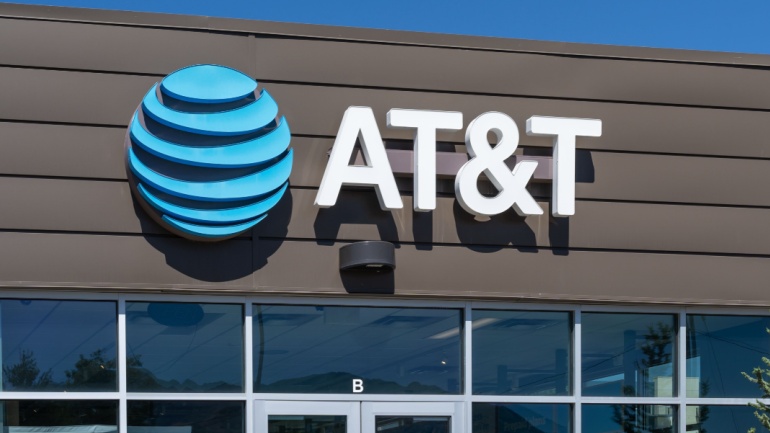OneLayer, a 5G security startup, has signed a multi-year agreement with Evergy to secure operational technology assets on its private network. Leveraging partnerships with Nokia and Ericsson, OneLayer’s zero-trust security platform, OneLayer Bridge, will manage IoT and OT devices across the U.S.
The UK government has officially designated data centres as Critical National Infrastructure (CNI), elevating their significance to that of energy and water services. This move aims to boost resilience against cyber threats, IT outages, and environmental hazards, safeguarding key data like NHS records. Enhanced governmental support will enhance cybersecurity and foster the digital economy.
Oracle has unveiled the Oracle Intelligent Data Lake, scheduled for limited release by 2025. Integrated with Oracle Data Intelligence Platform, this innovation aims to streamline data management from assorted sources with features like data orchestration, warehouses, and AI capabilities within Oracle Cloud Infrastructure.
Swiss IoT module maker u-blox and UK-based Wireless Logic have partnered to revolutionize IoT connectivity. Integrating Wireless Logic’s Conexa network with u-blox’s cellular IoT modules enables optimal coverage, seamless scalability, and robust performance. This strategic alliance promises enhanced control, faster time-to-market, and unprecedented flexibility for industries like automotive, healthcare, and smart cities.
AT&T’s partnership with Kinetic aims to enhance rural areas through bundled fiber and wireless offerings. This collaboration addresses the digital divide, offering high-speed internet and cost-effective solutions to underserved regions. With significant investments and strategic initiatives, both companies strive to connect more users and improve digital accessibility nationwide.
HORISEN and Vodafone Germany launch an innovative public transportation ticketing system, integrating Rich Communication Services (RCS) and Direct Carrier Billing (DCB). This collaboration simplifies fare purchases via mobile phones, enhancing user convenience. As part of Vodafone’s UPLIFT initiative, this project underscores a commitment to sustainable, digital transformation in public services, reflecting VoIP advancements.
AT&T has been fined $950,000 by the FCC for failing to deliver over 400 emergency 911 calls during a one-hour outage in August 2023. The incident, affecting multiple states, led to a compliance plan to improve reliability. The FCC continues to scrutinize similar failures, highlighting the importance of maintaining robust emergency call systems.
Businesses using VoIP must navigate complex regulations to ensure compliance. Key areas include licensing, security, data protection, emergency services, and international laws, making regulatory adherence crucial for safe and effective VoIP usage.
Juniper Networks has announced its Blueprint for AI-Native Acceleration, designed to simplify deploying its AI-Native Networking Platform. This framework offers educational resources, trial opportunities, and flexible licensing to help businesses achieve a rapid return on investment. With AI-driven networking, expect up to 90% fewer network trouble tickets and faster deployments.
The rapid expansion of data centers poses a significant environmental challenge, with projections indicating they will consume as much electricity as the EU by 2030. This growth, driven by demanding applications like AI, necessitates integrating energy-efficient technologies and adopting sustainable practices. As data centers multiply, addressing their environmental impact becomes crucial for a greener future.













